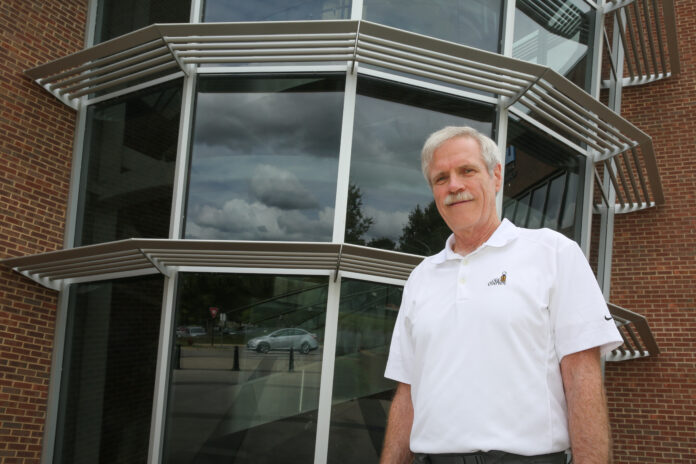HUNTSVILLE — A nearly $2 million grant from the U.S. Department of Energy will fund research efforts by a University of Alabama in Huntsville team to more accurately model climate change.
The team is led by Dr. John Christy, the director of the Earth System Science Center, is also Alabama’s state climatologist and a distinguished professor of atmospheric science at UAH.
He said climate models are missing the mark in a number of ways, and the $1.95 million, three-year grant to assess two major modeling challenges, climate sensitivity and Arctic amplification, is aimed at providing more clarity.
“Even the latest, most sophisticated models continue to warm the atmosphere faster than
has actually occurred,” Christy said. “We want to zero in on why.”
The grant from the DOE’s Office of Biological & Environmental Research is a continuation of work Christy’s team began under a just-ending $1.5 million grant to help determine how the Earth’s climate is responding to greenhouse gases.
That work also assessed the climate impacts of greenhouse gases on snowfall in three
Pacific coastal states in order to accurately determine impacts on the snowfall, an
important water supply for the region, and it examined the role of near-surface air
temperatures over the ocean in climate.
“We have fairly good information on what has ‘forced’ the climate in the past 45 years, such as volcanic dust, cloud-reflection of sunlight, solar variations, etc., so that we can estimate how the atmospheric temperature responded to these variable ‘forcings,’” Christy said. “This new grant will fund work to give us an idea of how much the temperature is likely to respond to the tiny push that extra greenhouse gases are applying to the climate.”
The research will utilize satellite data collected as part of an ongoing joint project between
UAH, NOAA and NASA. Christy and ESSC Principal Research Scientist Dr. Roy Spencer publish a monthly “Global Temperature Report” that uses data gathered by NOAA, NASA and European satellites to produce temperature readings for almost all regions of the Earth.
Spencer and Dr. Rob Junod, a research associate, will focus on a large effort to extract information from the climate models and the satellites for the sensitivity analysis. That investigation will also probe the effect of the tropical atmosphere on modeling.
“The tropical atmosphere has some complicated ways it responds when hit with extra
heating or cooling,” Christy said. “It appears that when heated a bit, the atmosphere
finds a way to shed that heat to space more quickly than models expect, so that the
temperature doesn’t rise as much as anticipated.”
Dr. Richard McNider, a distinguished atmospheric science professor emeritus, and Dr.
Arastoo Biazar, an ESSC principal research scientist, will examine Arctic amplification, a
phenomenon in which the Arctic is warming three times faster than the rest of the planet.
“There are many components to the Arctic problem,” Christy said. “Satellite observations will be used to track the temperature changes, but will also provide information on other aspects of the atmosphere such as its aerosol concentration, or in other words, how dirty the air is.”
Christy said aerosols, such as dust and other particulate matter aloft, have a way of
disturbing the vertical temperature profile so that, with more aerosols, there is more
mixing of the warmer air above to the cold surface air below.
“Note that this process doesn’t really add heat to the atmosphere, it simply redistributes
the heat that is already there to warm up the surface,” he said. “A main part of this project
is to simulate the Arctic atmosphere with a much more detailed model than what is represented in the global climate models.”
Don’t miss out! Subscribe to our email newsletter to have all our smart stories delivered to your inbox.



